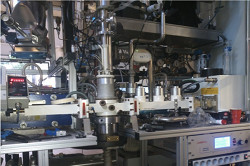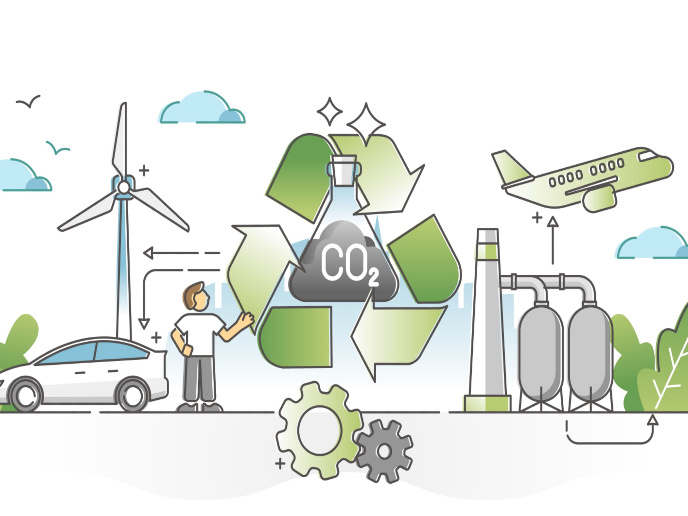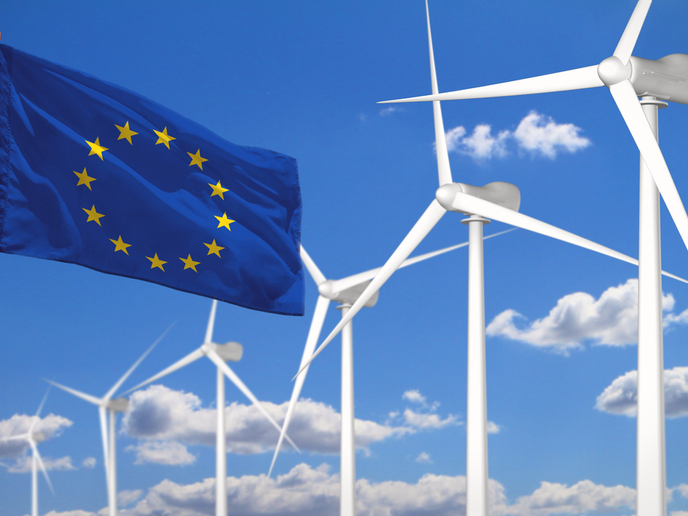Greening-up the chemical industry with energy efficient alternative fuels
Chemical manufacturing is largely a fossil-fuel driven process today, but one EU-funded project is working on proving that alternative energy forms can be used to intensify chemical manufacturing processes cutting down the need for oil and gas. ALTEREGO is investigating three alternative, electricity-derived energy forms – microwaves, ultrasound and non-thermal plasma produced with microwaves – in a move which could ultimately help green-up the chemical industry. ‘Fossil fuels like gas and oil account for more than 80 % of all energy consumed by the chemical industry. These fossil-fuel powered methods use conductive heating to provide energy to chemical reactors, but conductive heating is thermodynamically inefficient,’ Andrzej Stankiewicz, ALTEREGO Project Coordinator, explains. ‘By developing new processing methods which use energy forms that are environmentally-friendly and do not deplete fossil fuel resources, ALTEREGO contributes to the EU’s climate and environment goals,’ Stankiewicz says. ‘In the long term we envisage a European chemical industry, and even a global chemical sector, that uses exclusively green electricity as its primary energy source,’ he states. Georgios Stefanidis, Technical Manager of the project, outlines the processes ALTEREGO is working on. ‘We have been studying new processes including ultrasound-assisted solvent extraction, crystallisation, enzymatic reactive distillation, plasma-assisted biomass gasification and reverse water-gas shift for converting CO2 to methanol, as well as microwave-assisted active pharmaceutical ingredient synthesis.’ ‘We have obtained a number of interesting scientific findings on the effect of these alternative energy forms on different chemistries as well as heat and mass transport phenomena. We have also developed novel reactor prototypes which perform very well at laboratory scale and could well be developed into competitive technologies in the future,’ Stefanidis adds. For example, the ultasound-assisted solvent extraction hybrid reactor has been demonstrated in an academic laboratory and is now being used in a pharmaceutical laboratory, whereby achieving raw material savings of up to 50 % and up to 80 % increase in resource efficiency. ‘With this process, we have shown that the rate of extraction can be improved by a factor of 8.5 compared to silent microchannel conditions, and by a factor of 20 compared to batch conditions,’ Stefanidis says. ‘Meanwhile, ultrasound-assisted crystallisation reactors have shown improved nucleation rates and micro mixing efficiency.’ In its work, ALTEREGO has had to juggle the complex issue of creating a controlled use of alternative energy forms to produce green fuel and pharmaceutical processes. ‘In one case, the energy form did not deliver the expected effects on the reaction or reactive separation process, so we tried another energy form. The main conclusion we drew from that experiment is that before selecting an alternative method for a process, you need to know what element or elements should be intensified. For example, is it reaction kinetics? Is it vapour-liquid equilibrium? Is it mass or heat transfer?’ Stankiewicz concludes. ALTEREGO is currently working on the technical and economical evaluations and scale-up of these processes and on the development of roadmaps for their commercial roll-out to the niche markets that would most benefit from these innovations.
Keywords
ALTEREGO, chemicals, alternative energy, energy efficiency, ultrasound, microwaves, plasma, fossil fuels







